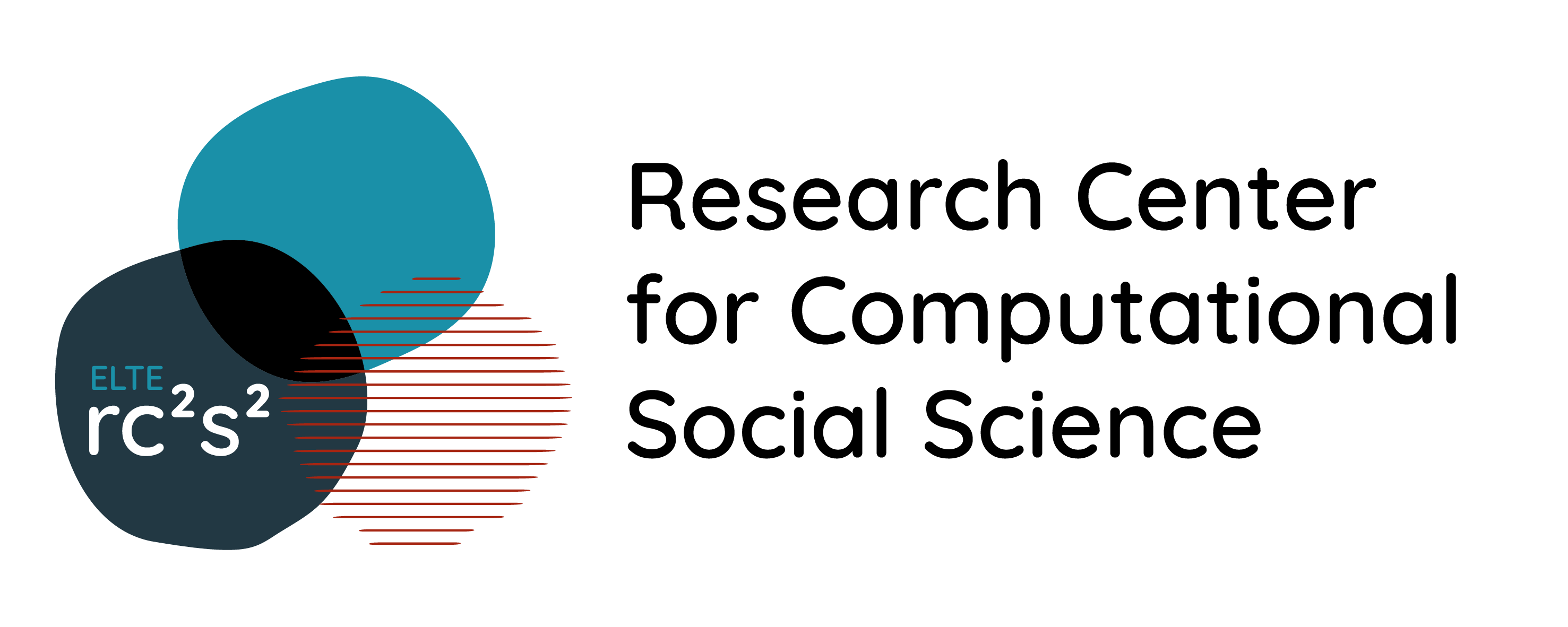Réka Berbekár (LinkedIn, Email)
More than 100 years after signing the Treaty of Trianon, the presence of Trianon in public discourse is still very active. Monuments are unveiled, commemorations are held, and the situation of Hungarians beyond the borders is a constant topic of discussion among journalists and politicians.
In my thesis, I examine whether the style and subject matter of articles on Trianon published on politically different news portals differ. I created topics from the articles using LDA topic modeling and analysed the style using the NarrCat tool (with the help of Tibor Pólya (Eötvös Loránd Research Network, Research Centre for Natural Sciences)). I measured the differences in communication of news portals using the success rate of classification algorithms. Topic affiliation probabilities and NarrCat scores were my explanatory variables, and the political affiliation of the websites publishing the articles was my clustering variable. The best algorithm classified the articles into one of the 4 political groups with 61.2% accuracy, the most important variables in this classification being the topical affiliation scores.
